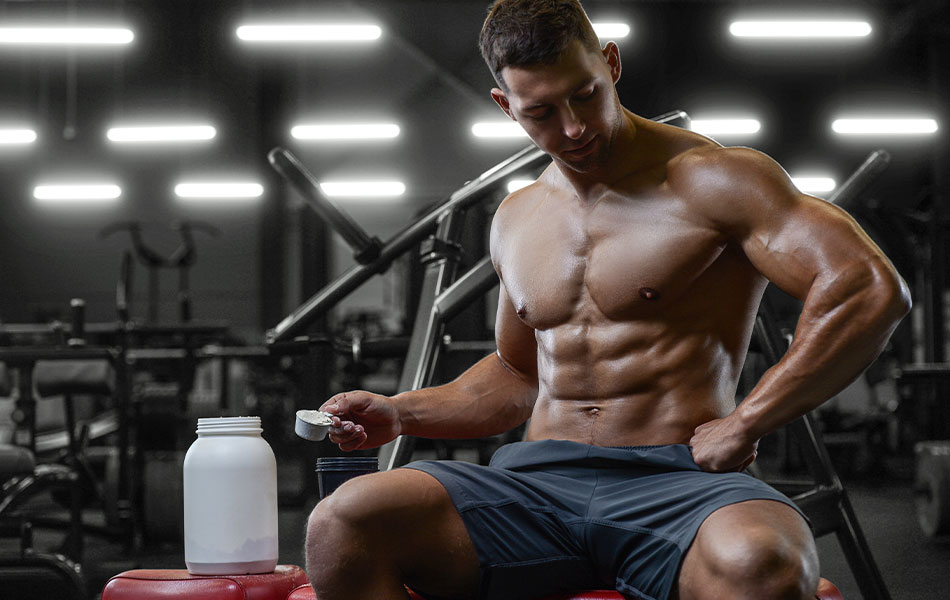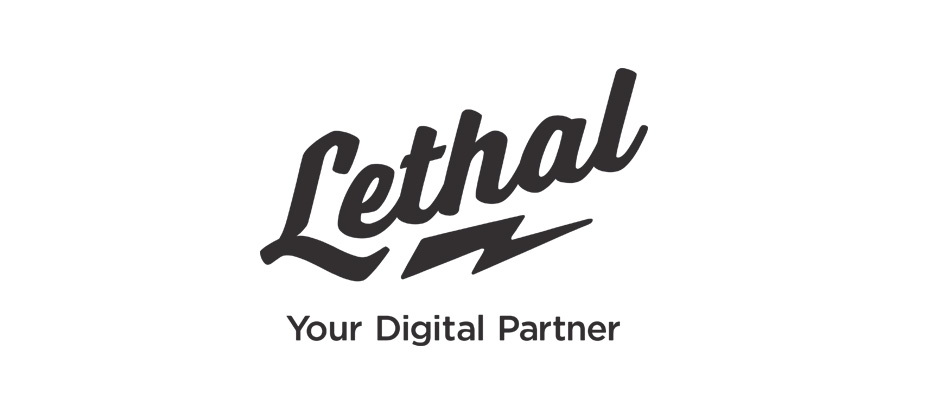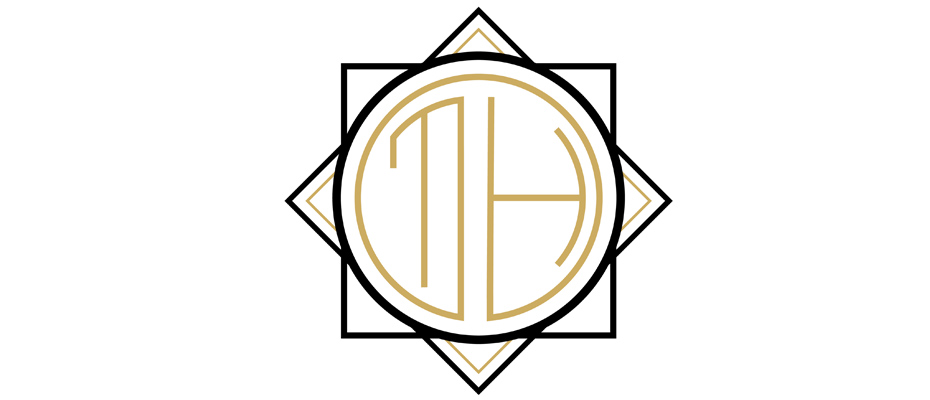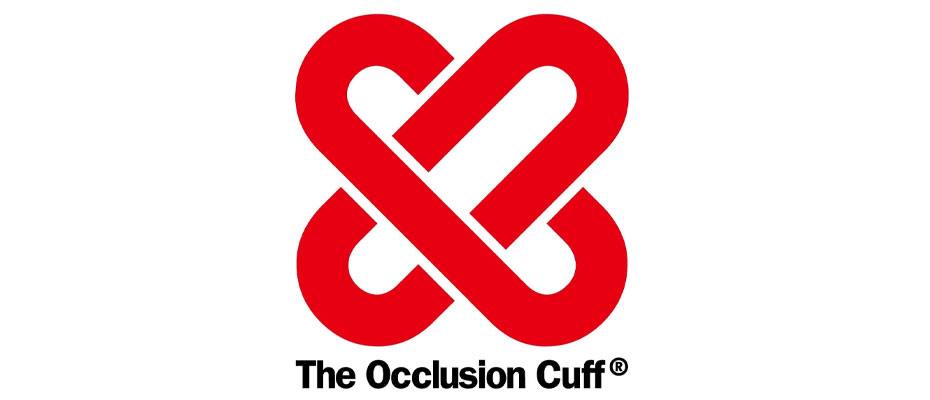
Understanding Muscle Bellies and Insertions: Genetics or Hard Work?
Hey Angels and Alphas,
When it comes to sculpting an impressive physique, you’ve probably heard terms like “muscle bellies” and “insertions” thrown around.
Fitness aficionados and experts alike often discuss these concepts, but what do they really mean?
Are muscle bellies and insertions solely the result of genetics, or can hard work significantly influence these anatomical features?
Let’s dive in and explore these questions in detail.
What Are Muscle Bellies?
The term “muscle belly” refers to the fleshy, central part of a muscle, which is primarily composed of muscle fibers. It’s the part of the muscle that contracts and expands, allowing you to perform various activities. The length and shape of a muscle belly can significantly affect the appearance of a muscle, and this is often where genetic factors come into play.
What Are Insertions?
Muscle insertions are the locations where tendons attach muscle to bone. This point of attachment can significantly impact the mechanical advantage a muscle has. Different insertion points can lead to variations in strength and the overall look of a muscle. For example, if a bicep has a high insertion point, it may appear “peakier” when flexed, whereas a low insertion point may lead to a longer, flatter appearance.
The Genetic Factor
Muscle Bellies
Genetics play a significant role in determining the length and shape of your muscle bellies. While muscle size can be increased through resistance training, the actual shape and length of the muscle belly are genetically determined and cannot be changed through exercise. For example, some people may have long, full muscle bellies that fill out their limbs completely, giving them a fuller appearance even when they’re not particularly muscular. Others may have shorter muscle bellies with longer tendons, leading to a different look.
Insertions
Much like muscle bellies, the points where muscles insert into bones are also genetically determined. Your genetic makeup will determine whether you have high, medium, or low insertion points for your muscles. Again, these cannot be altered through training, but they can significantly affect the mechanical advantages that your muscles have, and by extension, your potential for strength and power in specific movements.
The Role of Hard Work
Building Muscle Mass
While genetics may lay down the blueprint for your muscle bellies and insertions, hard work, discipline, and targeted training are essential for muscle growth and definition. Through resistance training, you can increase the size of your muscle fibers, leading to larger, more developed muscles. However, it’s essential to note that everyone’s muscles will respond differently to training, partially due to genetic factors.
Enhancing Definition
Though you can’t change where your muscles insert or the length of your muscle bellies, you can work to improve muscle definition, which may make certain muscles appear longer or fuller. Consistent strength training, coupled with cardio and a balanced diet, can lead to lower body fat percentages, which in turn enhances muscle definition.
Strategies for Improvement
Tailoring Your Training
Understanding your genetic predisposition can help tailor your training regime. For instance, if you have shorter muscle bellies, focusing on exercises that work the muscle from various angles can help maximize the size and appearance of the muscle.
Nutrition
No amount of hard work will show results if you’re not fueling your body adequately. Make sure your diet is rich in protein, essential fats, and carbohydrates to provide the necessary nutrients for muscle growth and repair.
Recovery
Remember that muscles grow during periods of rest and recovery. Make sure to incorporate adequate rest days and consider activities like stretching and foam rolling to aid in muscle recovery.
Bringing it all together…
Both genetics and hard work play roles in determining the size, shape, and appearance of your muscles. Genetics sets the stage by determining the length of your muscle bellies and the points of muscle insertion. However, disciplined training, proper nutrition, and sufficient recovery can maximize your genetic potential. While you can’t change your genetic makeup, you can certainly make the most of what you’ve got through hard work and dedication.








Leave a Comment